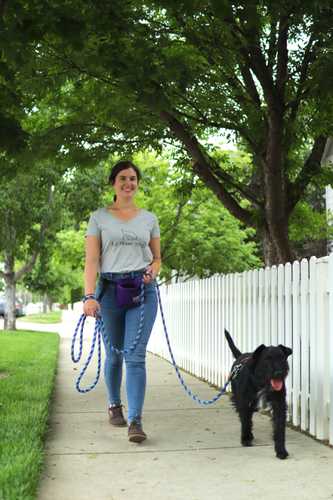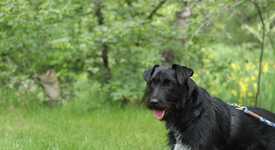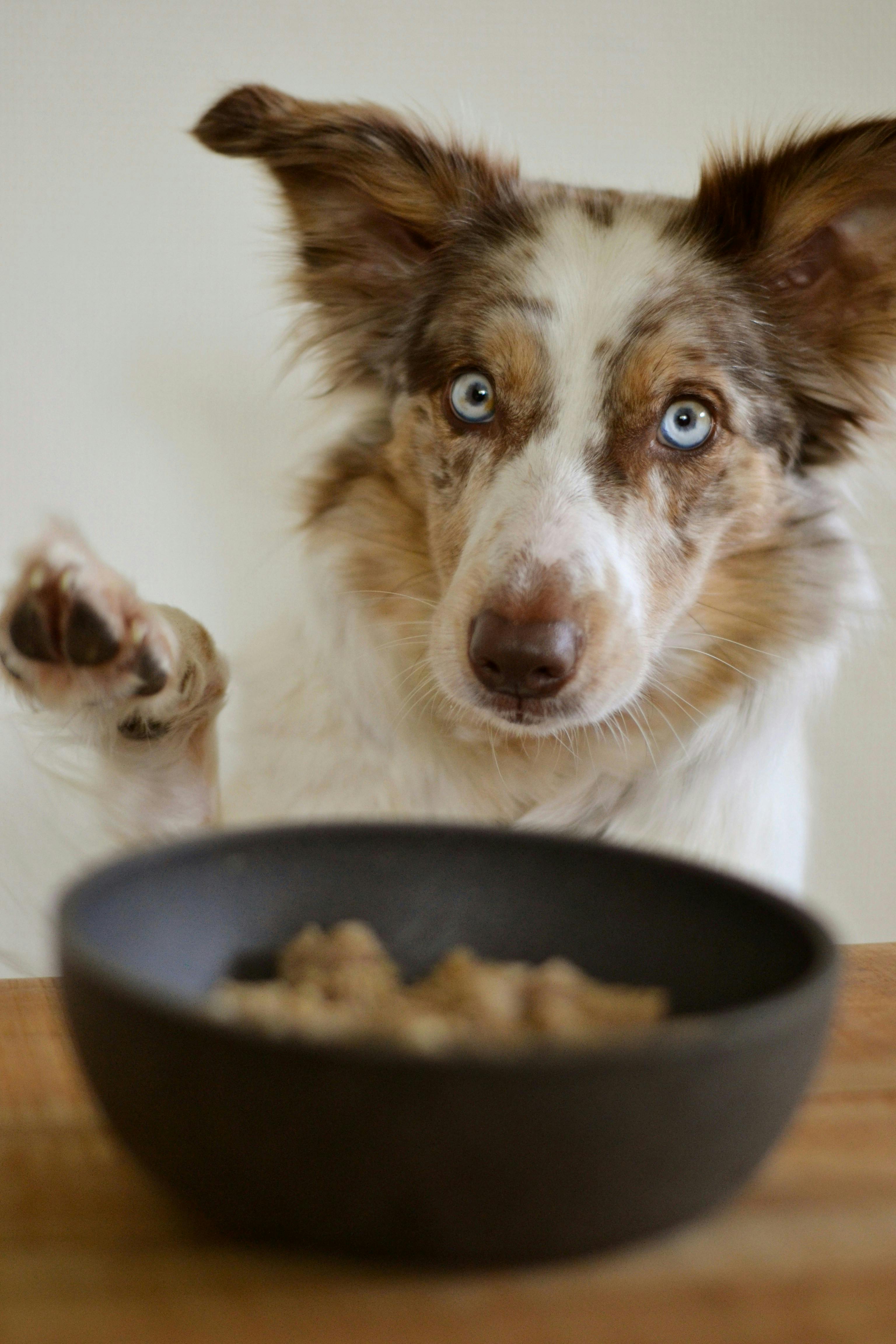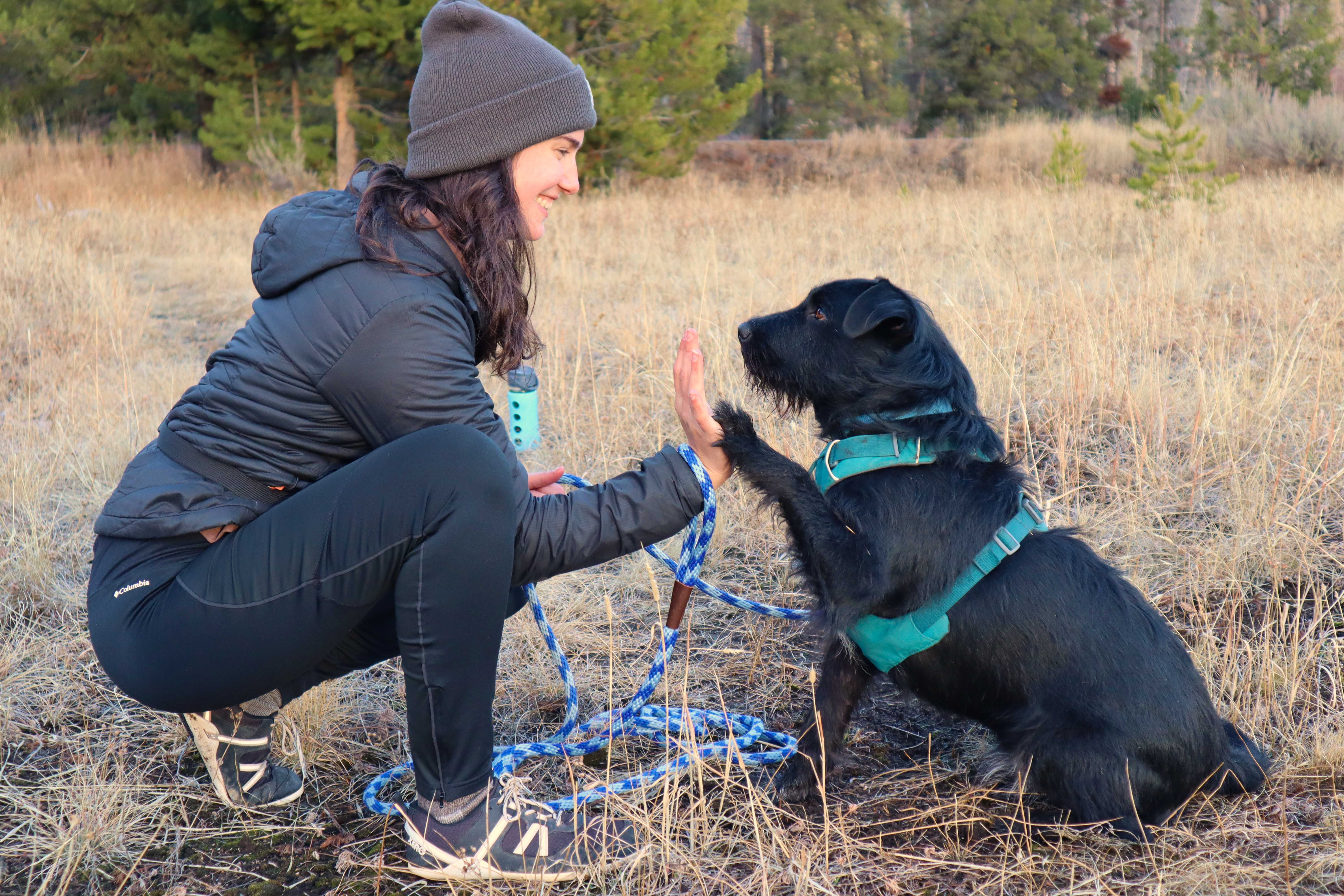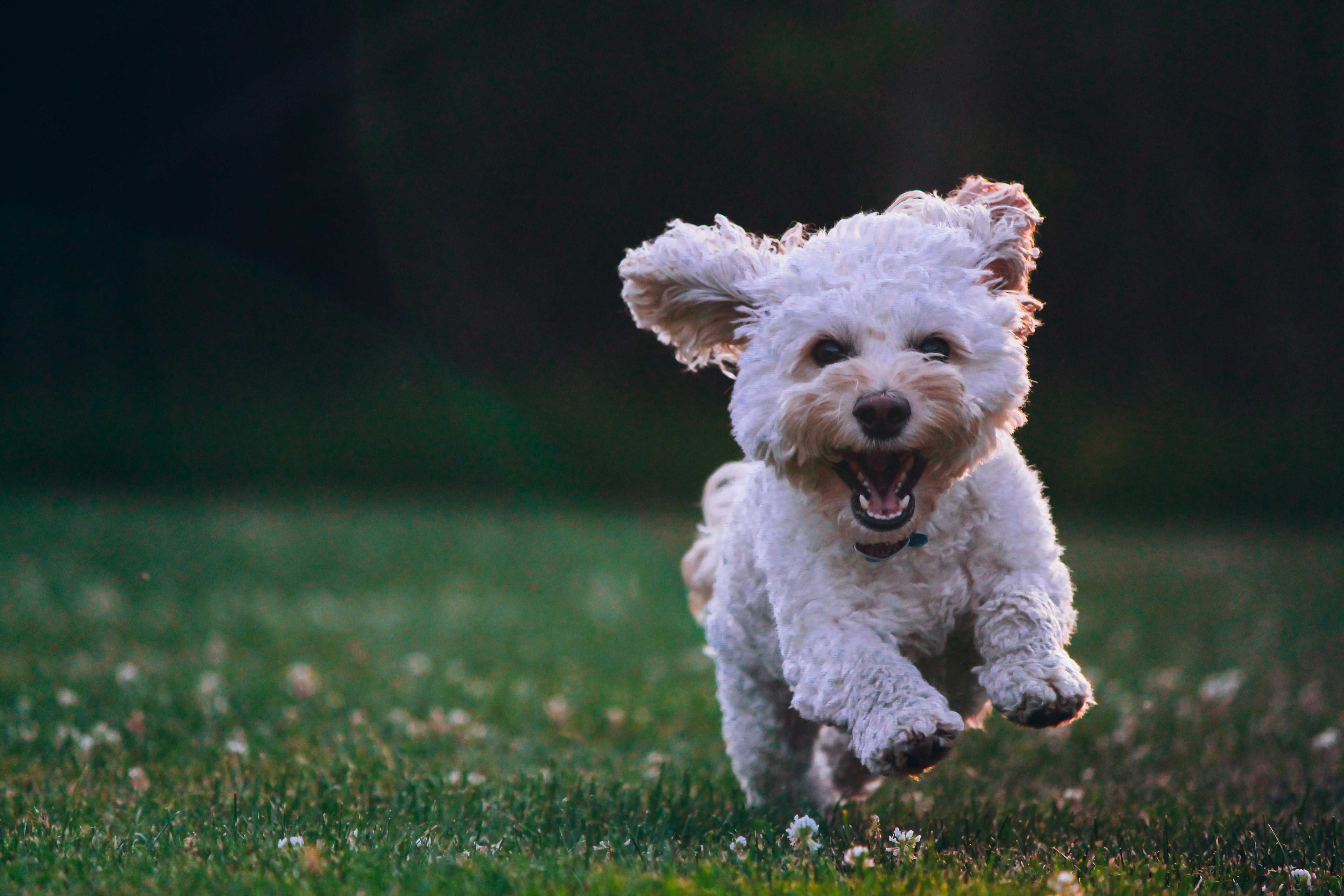
Unlock 10 Expert Puppy Training Tips!
Sign up with your email and receive a free video guide to transform your puppy into a well-behaved companion
There’s nothing quite like the feeling of strutting down the street with your dog at your side, leash loose, and steps in sync.
If your dog is a major puller, this may seem like nothing more than a hopeless fantasy. But with the appropriate tools, time, and patience, all dogs can learn this skill. (Though dogs dealing with emotional challenges—like reactive dogs—will need additional behavioral modification training.)
Here are five tips to make your loose leash walking dream a reality.
1. Use a Front-Clip Harness
Dogs pull on a leash because it works: the dog pulls and gets to move forward, greet people, greet another dog, sniff a tree, or chase a squirrel. A dog may even think they have to pull to get access to what they want. A front clip harness interrupts this cycle. This style of harness, in which the leash clips to a ring on your dog’s chest, turns your dog to the side as they pull forward, slowing them down and preventing them from getting where they want to go. In fact, they have to walk with a looser leash in order to move forward. It’s a great tool to use as you train your dog to walk with a loose leash.
We recommend the Balance Harness, which is highly adjustable, doesn’t restrict movement, and has a back clip for when you’ve outgrown the need for a front clip.
2. Practice in Easy Locations
Teach your dog that walking with a loose leash pays. Start by leashing your dog inside your home. When the leash is loose, say “yes!” and give them a treat (or a lick of peanut butter on a spoon, which doesn’t require you to bend over as much). Then take a step. If your dog keeps a loose leash, say “yes!” and give them another treat. Keep working, one step at a time, until you can take ten steps before you give your dog a “yes” and a treat. This process may take a few days.
Once your dog can handle taking ten steps on a loose leash inside, it’s time to make it slightly more difficult. Go to a familiar outdoor location (such as a backyard) and start over, rewarding one step at a time. Why? Because working outside is difficult for most dogs—there are so many distractions that are competing for their attention! We want to help them succeed at every step, so they don’t get frustrated with the training process and give up.
After your dog can walk on a loose leash in your backyard, you can increase the difficulty again by training in a novel outdoor environment. If your dog ever “fails,” simply go back to an easier step.
3. Come to a Slow Stop on Walks
As aforementioned, lots of dogs pull because pulling gets them what they want (to go forward, smell that fire hydrant, or chase that squirrel). Teach them that pulling won’t lead to something good by coming to a gentle stop every time they pull. You don’t want to stop suddenly as that could be jarring to your dog and act as a punishment.
As soon as the leash slackens—even if just a tiny bit—start walking again. Soon, they’ll learn that a loose leash gets them what they want more than a taut one.
The most effective way to use this technique is in conjunction with tip #2. Your dog will really start to understand that a loose leash gives them a reward—whether that’s a treat reward or the reward of getting what they want from the environment.
4. Walk on a Sliding Scale
Try to follow this rule: the looser the leash, the faster you walk. When there isn’t any tension on the leash, but your dog is still far away from you, walk at a leisurely pace. When your dog is right next to you, walk briskly. Your dog will learn that the best walks happen when they are at your side.
5. Exercise Your Dog
A dog is far more likely to walk on a loose leash if they’re well-exercised. This may seem counterintuitive as a walk is technically exercise, but for many dogs, it’s not enough. They may need a rousing round of fetch or some (safe) off-leash time to satisfy that need.
Bonus Tip: Mentally exercising your dog will also make them far more likely to walk on a loose leash. Check out our tips on how to mentally enrich your dog.
Conclusion
Walking on a loose leash is really difficult for a lot of dogs. Us humans walk at a slower pace than is natural for them. So, have patience as you teach this difficult skill! And, remember, your dog isn’t being stubborn, dumb, or executing an evil plot to slowly drive you to your breaking point. They’re simply being a dog, and likely doing what they think will lead to the best outcome for them.
Happy Training!

